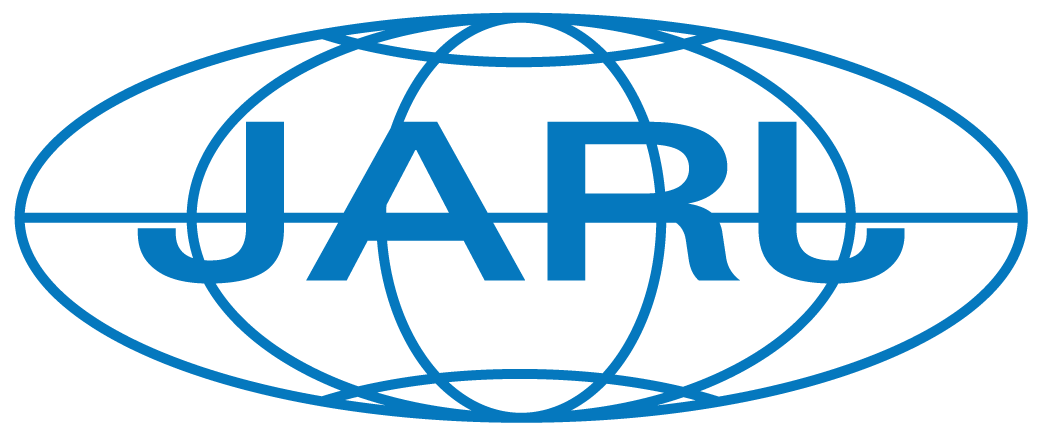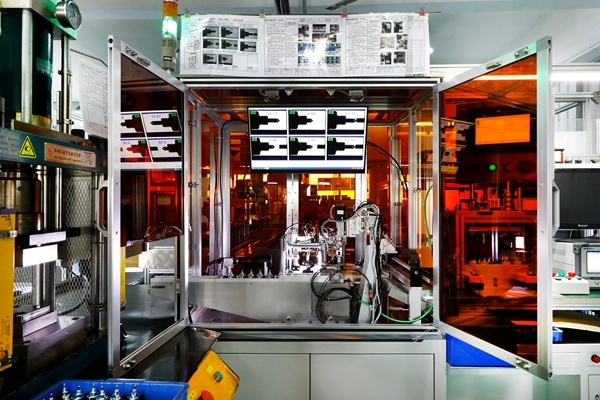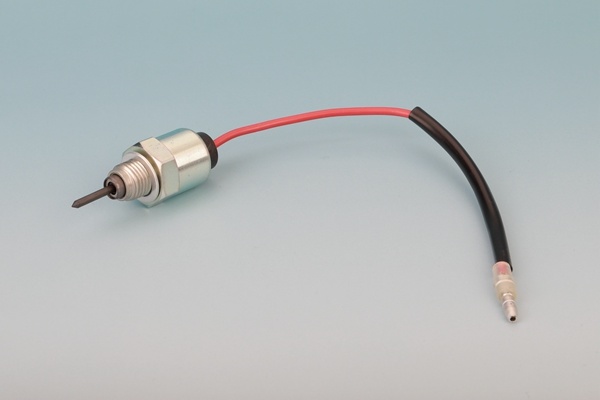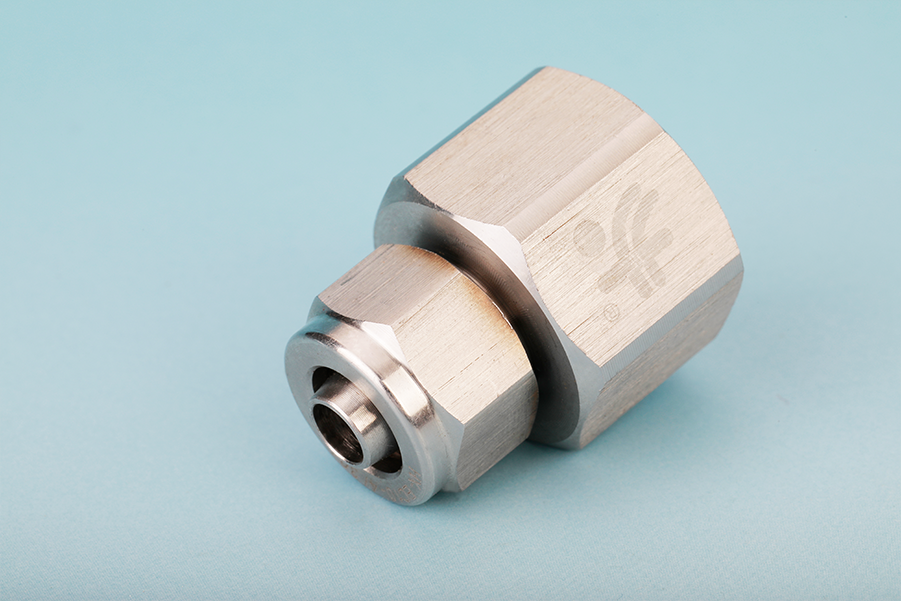Comparing Precision Sheet Metal Fabrication Methods: Which is Right for Your Project?
Release Time:
Aug 07,2025
Comparing Precision Sheet Metal Fabrication Methods: A Comprehensive Guide Table of Contents 1. Introduction to Precision Sheet Metal Fabrication 2. Understanding Different Fabrication Methods 3. Laser Cutting: Precision and Flexibility 4. Waterjet Cutting: Versatility and Safety 5. Plasma Cutting: Speed and Efficiency 6. Shearing: Traditional Yet Effective 7. Stamping
Comparing Precision Sheet Metal Fabrication Methods: A Comprehensive Guide
Table of Contents
- 1. Introduction to Precision Sheet Metal Fabrication
- 2. Understanding Different Fabrication Methods
- 3. Laser Cutting: Precision and Flexibility
- 4. Waterjet Cutting: Versatility and Safety
- 5. Plasma Cutting: Speed and Efficiency
- 6. Shearing: Traditional Yet Effective
- 7. Stamping: High Volume Production
- 8. Comparing Key Characteristics of Each Method
- 9. Conclusion: Choosing the Right Method
- 10. FAQs About Precision Sheet Metal Fabrication
1. Introduction to Precision Sheet Metal Fabrication
In the world of manufacturing, **precision sheet metal fabrication** plays a pivotal role in producing components that are integral to various industries. From automotive to aerospace, the need for precision and efficiency cannot be overstated. Understanding the different methods available for sheet metal fabrication is crucial for selecting the right process for your specific project. This guide delves into several popular methods, highlighting their unique advantages and applications.
2. Understanding Different Fabrication Methods
Precision sheet metal fabrication encompasses a variety of techniques, each tailored for specific applications. The primary methods include **laser cutting**, **waterjet cutting**, **plasma cutting**, **shearing**, and **stamping**. Each method has its strengths and weaknesses, affecting not only the quality of the finished product but also the overall cost and time of production.
3. Laser Cutting: Precision and Flexibility
**Laser cutting** utilizes focused laser beams to cut through sheet metal with exceptional accuracy. This method is ideal for intricate designs and tight tolerances, making it a favorite in industries that demand precision.
Advantages of Laser Cutting
- **Precision**: Capable of cutting complex shapes and fine details.
- **Material Versatility**: Effective on various materials, including stainless steel, aluminum, and brass.
- **Minimal Waste**: The narrow kerf width reduces scrap material.
Applications of Laser Cutting
Laser cutting is commonly used in the automotive, aerospace, and electronics sectors. Its ability to produce complex geometries with high precision makes it suitable for custom parts and prototypes.
4. Waterjet Cutting: Versatility and Safety
**Waterjet cutting** employs a high-pressure stream of water, often mixed with abrasive materials, to slice through metal. This method is celebrated for its versatility and is often used where heat-affected zones can compromise material integrity.
Advantages of Waterjet Cutting
- **No Heat-Affected Zone**: Ideal for materials sensitive to high temperatures.
- **Thickness Capability**: Can cut materials up to several inches thick.
- **Eco-Friendly**: Produces minimal waste and does not create harmful fumes.
Applications of Waterjet Cutting
This method is favored in industries that require cutting thick materials, such as construction and shipbuilding. Additionally, it is suitable for creating intricate designs without compromising material properties.
5. Plasma Cutting: Speed and Efficiency
**Plasma cutting** utilizes ionized gas to produce high temperatures capable of melting steel. This method is known for its speed and efficiency, particularly in high-volume applications.
Advantages of Plasma Cutting
- **Speed**: Faster cutting speeds compared to traditional methods.
- **Cost-Effective**: Lower operational costs for high-volume projects.
- **Clean Cuts**: Produces smooth edges with minimal post-processing.
Applications of Plasma Cutting
Plasma cutting is often employed in metalworking and fabrication shops, particularly for projects that require rapid turnaround times.
6. Shearing: Traditional Yet Effective
**Shearing** is a mechanical process that involves cutting metal sheets using a shear machine. This method is straightforward yet effective for producing straight cuts and simple shapes.
Advantages of Shearing
- **Simplicity**: Easy to operate and requires minimal setup.
- **Cost-Effective for Large Runs**: Economical for high-volume production of simple shapes.
- **Versatile**: Applicable to a wide range of materials.
Applications of Shearing
Shearing is commonly used in producing flat sheets, strips, and sections, making it an essential process in the fabrication of structural components.
7. Stamping: High Volume Production
**Stamping** is a high-speed process that uses dies to create shapes in sheet metal. It is particularly advantageous for large-scale production of identical parts.
Advantages of Stamping
- **Efficiency**: High-speed operation allows for rapid production.
- **Consistency**: Ensures uniformity across multiple parts.
- **Cost-Effective**: Reduces per-unit costs in high-volume runs.
Applications of Stamping
Stamping is prevalent in industries such as automotive and appliance manufacturing, where large quantities of identical components are required.
8. Comparing Key Characteristics of Each Method
When selecting a fabrication method, several factors should be considered:
1. Precision
Laser cutting stands out for its precision, while waterjet cutting offers a balance of accuracy and versatility.
2. Material Compatibility
Evaluate the materials you'll be working with—waterjet cutting is ideal for heat-sensitive materials, whereas plasma cutting excels with thicker metals.
3. Production Volume
For low volume or custom projects, laser or waterjet cutting may be preferable. In contrast, stamping is best for high-volume production.
4. Cost
While initial setups for laser and stamping may be higher, they can be cost-effective in the long run depending on production needs.
5. Complexity of Design
If intricate designs are required, laser cutting is likely the best fit. For simpler designs, shearing and stamping may suffice.
9. Conclusion: Choosing the Right Method
Navigating the landscape of precision sheet metal fabrication can be complex, but understanding the nuances of each method helps in making informed decisions. Each technique—whether it’s **laser cutting**, **waterjet cutting**, **plasma cutting**, **shearing**, or **stamping**—offers unique advantages tailored to specific needs. By evaluating factors such as precision, material compatibility, production volume, cost, and design complexity, manufacturers can select the method that best aligns with their project goals.
10. FAQs About Precision Sheet Metal Fabrication
1. What is precision sheet metal fabrication?
Precision sheet metal fabrication refers to the processes used to create metal components with high accuracy, often involving cutting, bending, and assembling.
2. How do I choose the right fabrication method?
Consider your project requirements, including material type, desired precision, production volume, and budget when selecting a fabrication method.
3. What are the advantages of laser cutting over other methods?
Laser cutting offers superior precision, versatility for various materials, and minimal waste due to its narrow kerf width.
4. Can waterjet cutting handle thick materials?
Yes, waterjet cutting is capable of cutting through materials several inches thick, making it ideal for heavy-duty applications.
5. Is stamping cost-effective for small runs?
Stamping is most cost-effective for high-volume production; for smaller runs, methods like laser cutting or waterjet cutting may be more economical.
In summary, understanding the various precision sheet metal fabrication methods enables manufacturers to make strategic decisions that enhance production efficiency and product quality. Whether your focus is on precision, cost, or speed, the right fabrication method can significantly impact the success of your projects.




